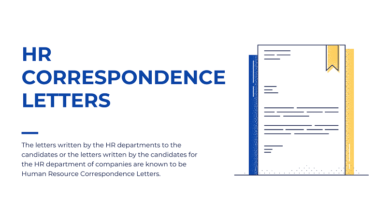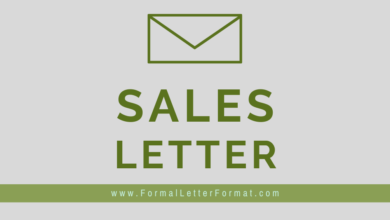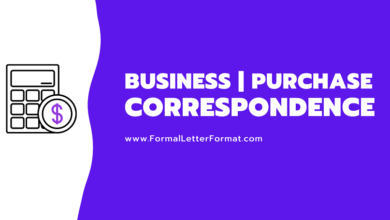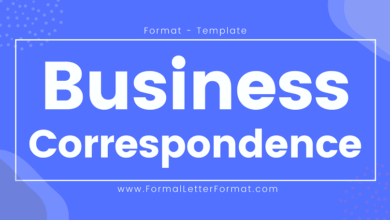Insurance Correspondence Letter Types, Principle, Format and Types of Insurance Correspondence Letters
How to Write an Insurance Correspondence Note?
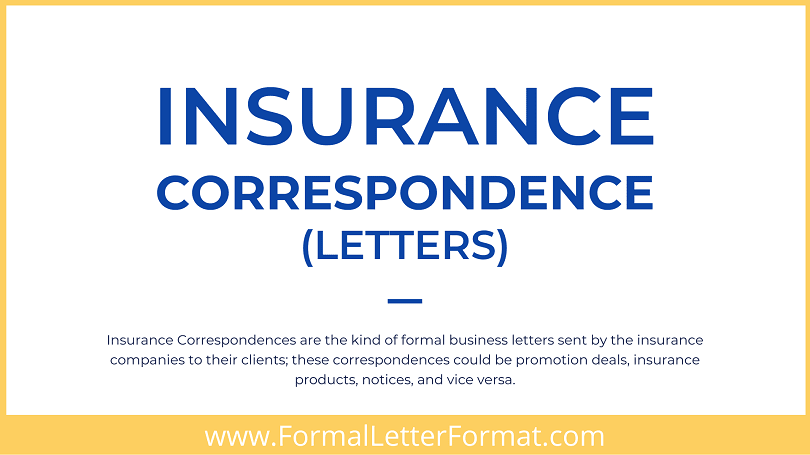
Insurance Correspondences are the kind of formal business letters sent by the insurance companies to their clients; these correspondences could be promotion deals, insurance products, notices, and vice versa.
On a daily basis, you see different kinds of advertisements that are sent to you by insurance companies. These advertisements are very different from one another and guarantee the coverage of different risks. Similarly, in the world of business, there are different risks and one needs to be aware of them. Among the different risks, the risks of loss, natural calamities, theft are more common. However, there are companies that provide you with all of this information in a written form. Additionally, they also send you notifications regarding premiums, schemes, and policies. So, everything like this is an insurance correspondence and we’ll discuss this in detail in this article.
Insurance Definition:
Insurance protects you from the loss or risk and the risk is mostly financial. It is basically a contract among two people that are the insurer and the insured person. In case of a loss, the insurer agrees to pay the loss compensation.
However, in return, you have to pay some premium amount to the insurer for a certain time period. So, any information in written form regarding the insurance is known as insurance correspondence.
7 Principles of Insurance
Insurance has seven principles as follows:
#1 Extreme Good Faith
For insurance to happen, both parties must have good faith between them. However, for this purpose, the insured has to provide clear, complete and accurate information.
#2 Indemnity Principle
This principle states that the insurer always agrees to pay for the loss of the insured. Additionally, it means that the insurance cannot be used for profit.
#3 Insurable Interest Principle
There needs to be a clear statement about the insured object in the insurable interest principle.
#4 Contribution Principle
This principle states that the insured can only claim compensation in a situation of actual loss.
#5 Subrogation Principle
The property rights of the insured shift to an insurer. It happens in a situation when an insured gets paid off from the losses.
#6 Loss Minimization Principle
It’s the insured duty that he must minimize the loss risk from happening. The insured has to take all of the precautions.
#7 Causa Proxima Principle
According to this principle, only that cause of risk is taken under consideration that is more reasonable and close in case of many reasons.
Insurance Types:
Insurance is of two types as follows:
#1 Life Insurance; It includes:
-
- Term life
- The policy of Money back
- Unit linked plan
- Pension plan
#2 General Insurance; It includes:
-
- Motor insurance
- Health insurance
- Travel insurance
- Home insurance
- Fire insurance
Insurance Correspondence Types
#1 Policy Renewal
As you can infer from the name it’s the policy for continuation or renewal of insurance. Additionally, you can make some changes to the already existing scheme too.
#2 Null & Void Policies
These policies are the ones that are not currently active because of premium non-payments. If the insured person does not pay the amount of premium for some time then the policies become void legally. However, keep in mind that in order to get insured its important you pay the premiums so that the policy is active at mishap time.
#3 Reporting Loss
This kind of correspondence is written to report some losses. Additionally, in this letter, the insured has to ask the compensation for the loss under the protection scheme. However, you have to clearly tell the possible reason of loss, the amount needed for compensation, etc.
Insurance Correspondence Characteristics
-
- The letter has to be concise and very clear.
- Make sure the letter tone is formal and not rude.
- Do not use the abbreviations, abusive words or slangs.
- Write the details clearly. These details must be issue date, policy number, payment amount, etc.
